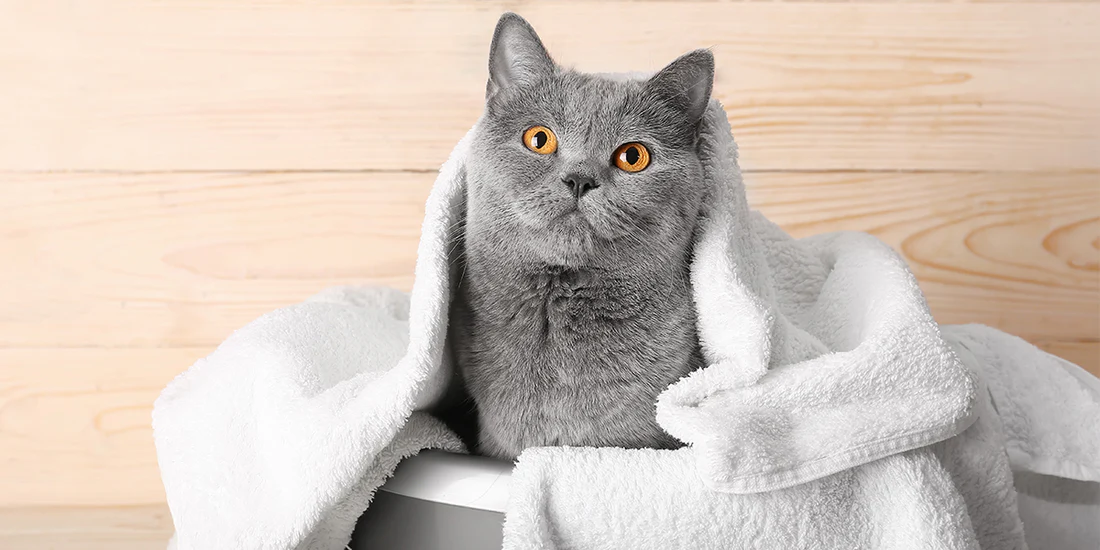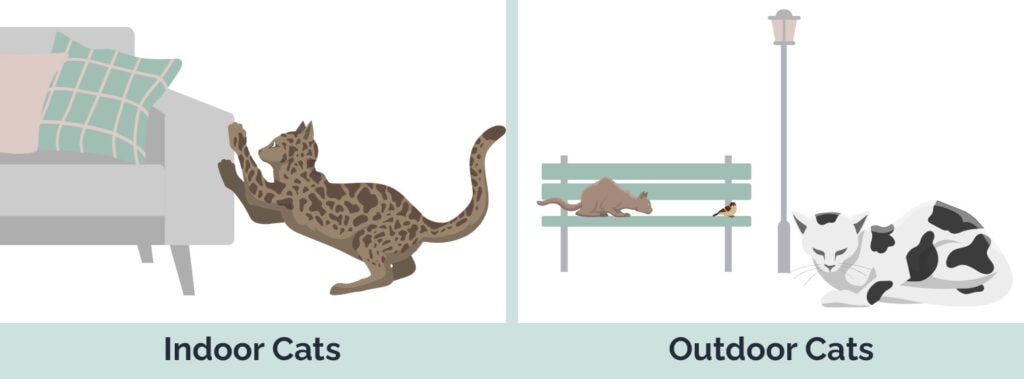Ready to Adopt a Cat?
If you’re thinking about adopting a cat, there are several important factors to consider to ensure that your future pet can live a happy and healthy life. Below are some key points to keep in mind:
Time Commitment:
Cats need daily care and attention. Make sure you have enough time to feed your cat, clean the litter box regularly, and spend time playing and bonding with them.
Financial Responsibility:
Owning a cat comes with ongoing costs. These include food, regular veterinary check-ups, vaccinations, and potential medical emergencies. Before adopting, ensure you have the financial stability to cover these expenses.
Living Space:
Your home should provide enough space for your cat to move around comfortably. It’s important to offer things like toys, scratching posts, and cozy spots where your cat can rest, climb, or play.
Other Pets:
If you already have pets, consider whether they are likely to get along with a cat. Introductions should be done gradually and under supervision to allow a smooth and stress-free transition.
Family Members:
If you live with children, it’s important that they understand how to treat animals with kindness and respect. Teach them that cats need gentle handling and also time alone when they want to rest.
Lifestyle Fit:
Make sure your current lifestyle is suitable for pet ownership. If you travel frequently or move often, adopting a cat might not be the right choice at this time.
Patience:
Every cat has its own personality and may take time to adjust to a new home. Be patient and allow your cat to get comfortable at its own pace. Building trust can take time, but it’s worth the effort.
By carefully considering these aspects, you can help create a loving and stable environment for your new furry companion. Remember, adopting a cat is a long-term commitment—make sure you’re truly ready for the responsibility.
Further Key Considerations for Adoption
Matching Personality and Age
A successful adoption depends heavily on finding a cat whose personality fits your lifestyle.
Kitten vs. Adult: Kittens are high-energy, require constant supervision, and need extensive training and socialization. Adult cats often have established personalities, lower energy levels, and are generally less destructive. Consider adopting an adult cat if you have a busy schedule.
Energy Level Match: Are you looking for a lap cat or an active hunter? Discuss your needs honestly with the shelter staff—they know the cats best and can help you find a suitable match (e.g., a shy cat for a quiet home, or a playful cat for a family with older children).
The Value of Pairs: If you are adopting a kitten, consider adopting two. They can keep each other entertained, which is especially helpful if you work outside the home.


Indoors vs. Outdoors
The decision whether your cat will be indoor-only or indoor/outdoor is critical for its safety and health.
Indoor Cats: Living exclusively indoors significantly increases their lifespan by protecting them from traffic, predators, communicable diseases, and parasites. You must commit to providing enough mental stimulation (toys, cat TV, window perches) to prevent boredom.
Outdoor Risks: While some advocate for outdoor access, it comes with major risks, including car accidents, fights with other animals, and exposure to poisons. If you choose to allow outdoor time, consider a “catio” (enclosed patio) or supervised walks on a harness.
Preparing for the First 48 Hours
The first few days set the tone for the relationship and the cat’s comfort level.
The “Safe Room”: Before the cat arrives, designate one small room (like a spare bathroom or laundry room) as the safe room. Equip it with a litter box, food, water, and a cozy bed.
Arrival Protocol: Bring the cat directly to the safe room. Do not force them out of the carrier. Simply open the carrier door, close the safe room door, and let the cat explore at its own pace.
Limited Access: Only allow family members (one at a time) to visit the safe room for short, quiet periods. This controlled environment reduces stress and allows the cat to acclimate to smells and sounds before facing the entire house.










